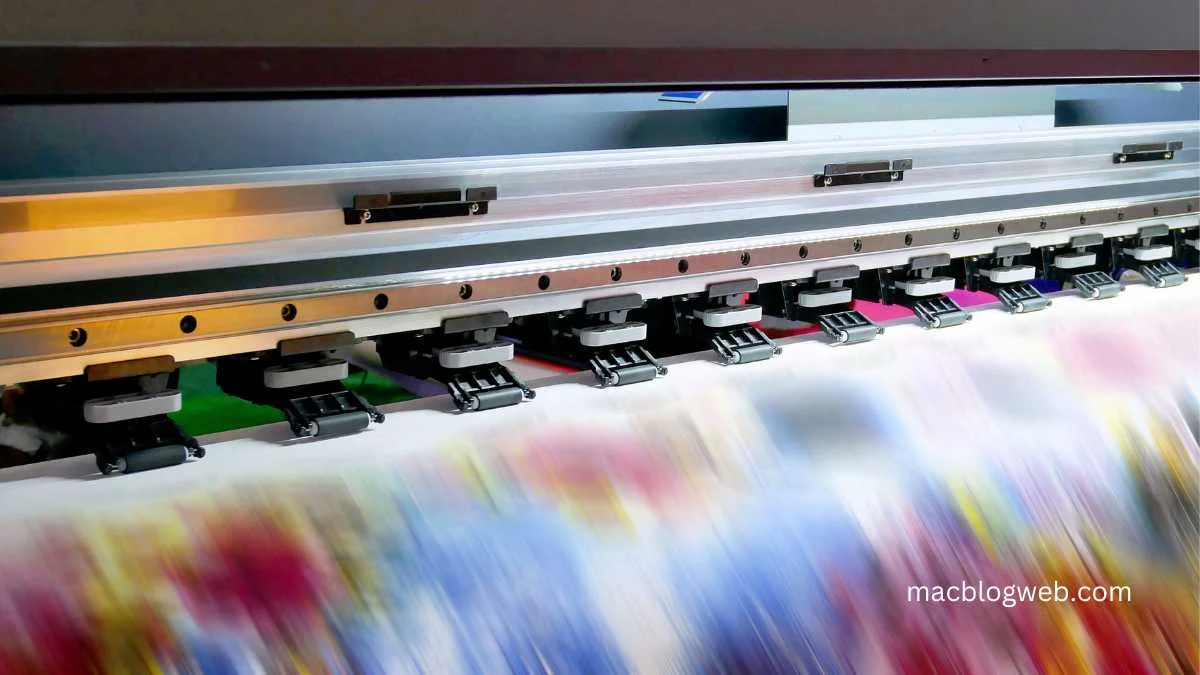Table of Contents
- Introduction to Digital Textile Printing
- Benefits of Digital Textile Printing
- Leading Technologies
- Applications and Industries
- Sustainability in Textile Printing
- Future Trends in Digital Textile Printing
- Choosing the Right Technology for Your Business
Introduction to Digital Textile Printing
Digital textile printing has transformed the textile industry, offering quick, customizable, and top-quality print choices. Designers and manufacturers can create exact, intricate designs by utilizing advanced technology such as a DTF printer. Incorporating digital methods facilitates on-demand printing, enabling customization previously unattainable with traditional techniques. This modern approach is more than just a trend; it’s a game-changer, providing exceptional flexibility and creativity in textile manufacturing.
The adoption of digital textile printing has seen a significant surge due to its efficiency and minimal environmental impact compared to traditional methods. As businesses across various sectors—from fashion to home décor—embrace this technology, it is clear that digital textile printing is here to stay, bringing in an era of unprecedented innovation and dynamism.
Benefits of Digital Textile Printing
Digital textile printing offers numerous advantages, such as reduced waste, quicker turnaround times, and the ability to print small batches cost-effectively. Traditional textile printing methods, like screen printing, are typically labor-intensive and generate significant waste. In contrast, digital printing techniques are more efficient, using only the necessary amount of ink and fabric. This reduces the excess and helps businesses minimize their footprint.
The rapidness and effectiveness of digital textile printing cannot be emphasized enough. In sectors prioritizing speed, the capability to rapidly create limited editions of personalized styles provides a competitive advantage. This benefits businesses looking to test new designs or collections without committing to extensive, costly production runs. Furthermore, the digital process allows for seamless design revisions and updates, enabling brands to stay ahead in fast-paced markets such as fashion retail.
Leading Technologies
Various technologies, such as Direct-to-Fabric (DTF) and sublimation printing, are critical in advancing the digital textile sector. Every technology provides distinct advantages and caters to specific niche uses. One of the reasons DTF printing is highly regarded is its capability to offer vibrant colors and precise details on different types of textiles, rendering it a flexible and increasingly favored option for numerous companies.
Sublimation printing, another crucial technology, involves heat transferring dye onto materials. This method is particularly effective for printing on polyester and polymer-coated substrates, offering durable and vibrant results. By understanding the various technologies available, businesses can better align their production methods with their specific needs, ensuring the highest quality outcomes.
Applications and Industries
Digital textile printing is used in various industries, from fashion to home décor. Quickly producing and creating distinct designs are highly prized in the fashion industry, making it a popular trend. The rise of digital printing in the textile industry is impressive, particularly in personalized clothing and home decor.
Besides fashion, digital textile printing is also used in sportswear, upholstery, and promotional products. The flexibility of digital printing enables companies to be creative and diversify their range of products. For example, personalized promotional products such as tote bags and banners can be made rapidly and affordably, enabling brands to stand out in a competitive market. The ability of digital textile printing to scale quickly makes it a perfect option for various uses, allowing businesses to rapidly respond to changing consumer needs.
Sustainability in Textile Printing
The textile industry increasingly focuses on sustainability, recognizing the importance of minimizing environmental impact. In this context, digital printing has emerged as an eco-friendly alternative, offering significant advantages in waste reduction, water conservation, and reduced chemical usage.
Embracing sustainable textile printing practices is an ethical imperative and a sound economic decision. By leveraging digital printing technologies, companies can significantly mitigate their environmental footprint. Using eco-friendly inks and minimal waste generation in digital printing operations aligns with sustainability objectives and resonates with eco-conscious consumers, enhancing the brand’s appeal and value.
Future Trends in Digital Textile Printing
Continuous and rapid technological progress signifies a promising and prosperous future for digital textile printing. Innovative fabrics and Internet of Things (IoT) integration are set to transform the sector, providing increased opportunities for creativity and personalization.
Thanks to technological progress, we can expect the creation of textiles that combine artistry with utility. These textiles will feature sensors and unique qualities that respond to environmental changes.
Furthermore, artificial intelligence (AI) is poised to impact the development of digital textile printing significantly. AI has the potential to enhance print quality and predict trends, enabling companies to anticipate market needs. By incorporating AI, businesses can streamline their processes, improving efficiency and the quality of their products.
Combining these new technologies offers a positive and exciting outlook for digital textile printing, creating opportunities for innovation and economic expansion.
Choosing the Right Technology for Your Business
Determining your business’s best digital textile printing technology depends on various factors, including your production needs, budget, and design complexity.
Understanding these factors can help you make a knowledgeable decision that aligns with your business objectives. For instance, a minor operation may benefit from the flexibility of a DTF printer, which can handle various fabrics and offer high-quality prints without requiring large-scale infrastructure.
Consulting industry experts and staying updated with the latest trends and technologies will also be crucial in selecting the right printing technology. The right equipment can enhance efficiency, product quality, and profitability. Businesses should also consider the long-term support and scalability of the chosen technology to ensure it can adapt to future changes and demands.








